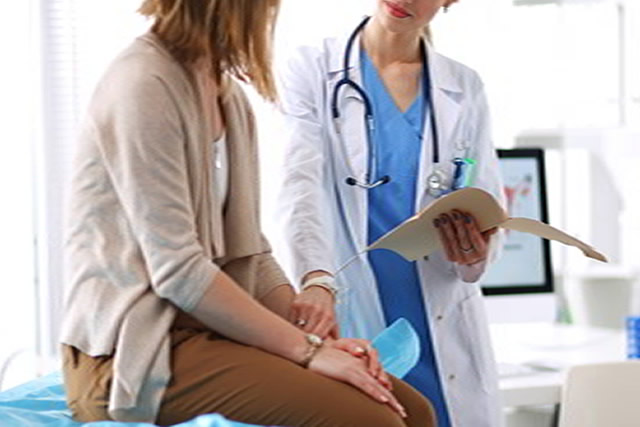
For anyone familiar with lumbar stenosis, you know that back pain rules your life. This mostly degenerative condition typically affects those 60 and older. A revolutionizing new treatment has hit the market and is showing some promising results. The treatment is called Vertiflex Superion and it just might be able to help you too.
What is lumbar stenosis?
Your lower back is referred to as your lumbar spine. It spans across 5 vertebrae that are located between your ribs and pelvis. When a doctor diagnoses lumbar spinal stenosis, it means there is narrowing of the spinal canal in your lumbar vertebrae. The narrowing of the canal means that the nerves traveling from your lower back into your legs are compressed.
For the most part, the narrowing of the canal does not happen all at once. Typically it narrows over time, over many years and even decades. The disks between your vertebrae lose its sponginess which can lead to bulging disks. In addition, bone spurs may occur with thickened ligaments. All of these issues can lead to the narrowing of the central canal. The symptoms of a narrowing spinal canal can include inflammation, compression of the nerves or both.
What you might experience with lumbar spinal stenosis might include:
- Pain
- Weakness or numbness in your legs to include calves and buttocks
- Cramps in your calves when walking
- Pain that radiates into one or both legs.
- Loss of motor function in the legs or loss of normal bowel function in rare cases.
How is lumbar stenosis diagnosed?
If you think you might be suffering from lumbar stenosis, it is best to seek professional medical advice. In some cases, you may wish to visit with a pain specialist for specific help. They can take an overview of your history, symptoms, previous test results and perform a physical exam to create a proper treatment plan.
A doctor may request the following tests to properly identify lumbar spinal stenosis:
- X-Ray: A radiograph of your spine can show the doctor the structure of the bones, alignment of the spine and an outline of your joints.
- CT Scan: This imaging can show the shape and size of your spinal canal, the contents and the structures of the anatomy surrounding it.
- MRI: Powerful magnets create images through computer technology to also show the spinal cord, nerve roots and any enlargements or degeneration of bone.
- Myelogram: Contrast dye is injected into your spinal fluid to outline the nerves and the spinal cord. It will show any evidence of pressure affecting these areas.
What is Vertiflex Superion?
A potential treatment plan for lumbar spinal stenosis might include Vertiflex Superion. This is a minimally invasive approach to treating lumbar spinal stenosis. The goal of this procedure is to restore the natural space your nerves desire in order to provide relief from your symptoms.
The Vertiflex Superion procedure uses a small implant designed to treat your lumbar spinal stenosis. The implant is carefully placed between the affected vertebrae to hold them open. The goal is to alleviate the narrowing of the canal that is pinching your nerves.
The Vertiflex procedure has been FDA approved. It has proven to provide long-term success when applied in clinical trials. Patients were satisfied after the procedure and found it sustained success through five years. Pain was reported to be diminished and function was restored.
What are other treatments for lumbar spinal stenosis?
At first, if you have never been treated for lumbar spinal stenosis, then a more conservative approach might be taken. This could include time, OTC medications, posture management, stretching techniques, and specific exercises to help manage any flare-ups. In addition, keeping a healthy weight and quitting smoking will also likely be suggested.
If the pain is advanced and a non-surgical approach has been implemented with little results, then surgery might be warranted. The most common type of surgery associated with lumbar spinal stenosis is called decompressive laminectomy. In this procedure, the laminae of your vertebrae will be removed to create more space for the nerves that are being compressed. The surgeon may also fuse your vertebrae together, and/or remove part of a disk.

Final Thoughts on Vertiflex Superion
It is very likely that if you are suffering from lumbar spinal stenosis that the Vertiflex Superion procedure can help alleviate your pain. After all approaches to pain reduction have been tried with little to no success, your pain specialist may recommend this procedure.
Comments are closed.
